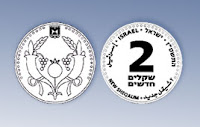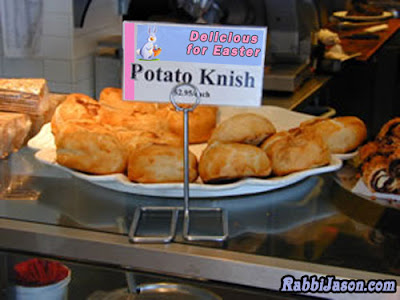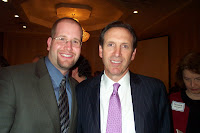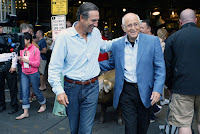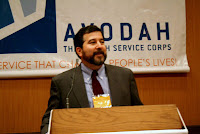In Jewish prayer there are some liturgical tunes known as “Mi-Sinai tunes.” Not that they are literally from Mt. Sinai, but the terminology expresses their authenticity. As the Congregation Emunath Israel website explains about the history of chazzanut (Jewish cantorial singing):
The Maharil was the Posek (Halachic authority) for the largest Jewish communities of the day – Worms, Speyer, Mayence, Regensberg, etc. He was upset at the “foreign” elements intruding in the melody of tefillah, and he set out to determine which versions were the true ones (Mi-Sinai or Scarbova). He was able to do that because of the Crusades that brought Jews from all over Europe to seek safety in the Rhineland. He examined the different musical strains, and determined which were authentic. His P’sak (Halachic ruling) – that “Ein L’Shanos” – one may not change the musical Nusach of a community, is standardized as Halacha by the Shulchan Aruch (Orach Chaim 619). You can, of course, see that in the Mishneh Brura as well. He was also responsible for standardizing Nusach Ashkenaz in the form that our Siddur takes…
Well, at the Jewish Theological Seminary’s Davidson School of Jewish Education (my alma mater), there is now a monthly prayer group that incorporates tunes that are not “Mi-Sinai” but more likely “Mi-Woodstock.” The JTA reports that this prayer group is “part guided meditation, part sing-along, part traditional prayer and part dorm-room musical jam that includes instruments ranging from guitars to didgeridos.”
My feeling is that this is what the Davidson School is all about: Jewish educators praying together, experimenting with tefillah, and finding the spiritual nexus between the Jewish liturgy (psalms, blessings, etc.) and popular music (Bob Dylan, Bob Marley, etc.). For those who would object to the use of musical instruments on Shabbat, rest assured that this “Jam Davening” takes place during the week.
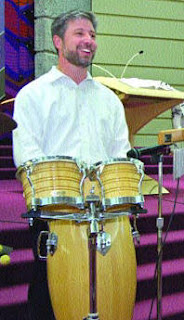 My teacher Rabbi Danny Nevins (right), who is the new dean of the JTS Rabbinical School, is a great drummer who has been hosting drum circles in his office for rabbinical students at the Seminary. The fusion of jamming and davening will bring more passion to JTS and by extension to Conservative synagogues. As evidenced by the popular Congregation B’nai Jeshurun (B.J.) synagogue on the Upper West Side of Manhattan, lively music during prayer draws crowds and helps bring people closer to God.
My teacher Rabbi Danny Nevins (right), who is the new dean of the JTS Rabbinical School, is a great drummer who has been hosting drum circles in his office for rabbinical students at the Seminary. The fusion of jamming and davening will bring more passion to JTS and by extension to Conservative synagogues. As evidenced by the popular Congregation B’nai Jeshurun (B.J.) synagogue on the Upper West Side of Manhattan, lively music during prayer draws crowds and helps bring people closer to God.
Jacob Berkman writes in the JTA article:
Jam Davening draws about double the audience of a typical learning minyan, participants say. Now the group is trying to figure out how to bring Jam Davening to a wider audience, first by inviting the broader seminary community into the minyan, then by taking the idea to individual synagogues. This comes at a time when music is rapidly being introduced into Conservative synagogues.
Musical instruments had been excluded from Conservative synagogues on Shabbat partially because of Jewish law and partially as a remembrance of the destruction of the Temple in Jerusalem nearly 2,000 years ago. But starting in the 1950s, the movement allowed Conservative congregations to decide for themselves whether to use instruments.
Now as the movement debates whether Jews should be praying for the rebuilding of the Temple or just Jerusalem — and about whether or not the use of electricity on Shabbat is banned — the use of instruments has also come under “healthy debate,” according to Rabbi Moshe Edelman, the director of the Committee on Congregational Standards for the United Synagogue of Conservative Judaism. Also, members of the Law Committee of the Rabbinical Assembly are working on a paper to address the issue, according to Rabbi Joel Roth, a professor of Talmud and Jewish law and formerly the head of the committee.
What do you think about Jam Davening? Leave your comments below.
 It is appropriate that Israel unveiled its new two shekel coin last Tuesday on the first night of Hanukkah. As reported on
It is appropriate that Israel unveiled its new two shekel coin last Tuesday on the first night of Hanukkah. As reported on 